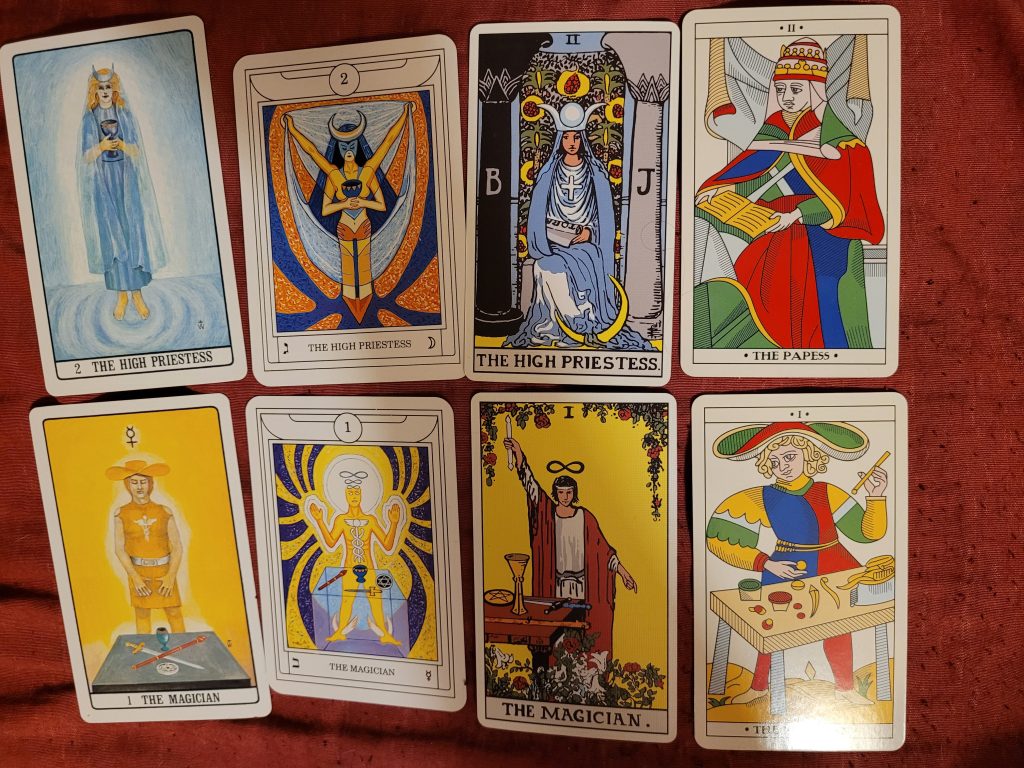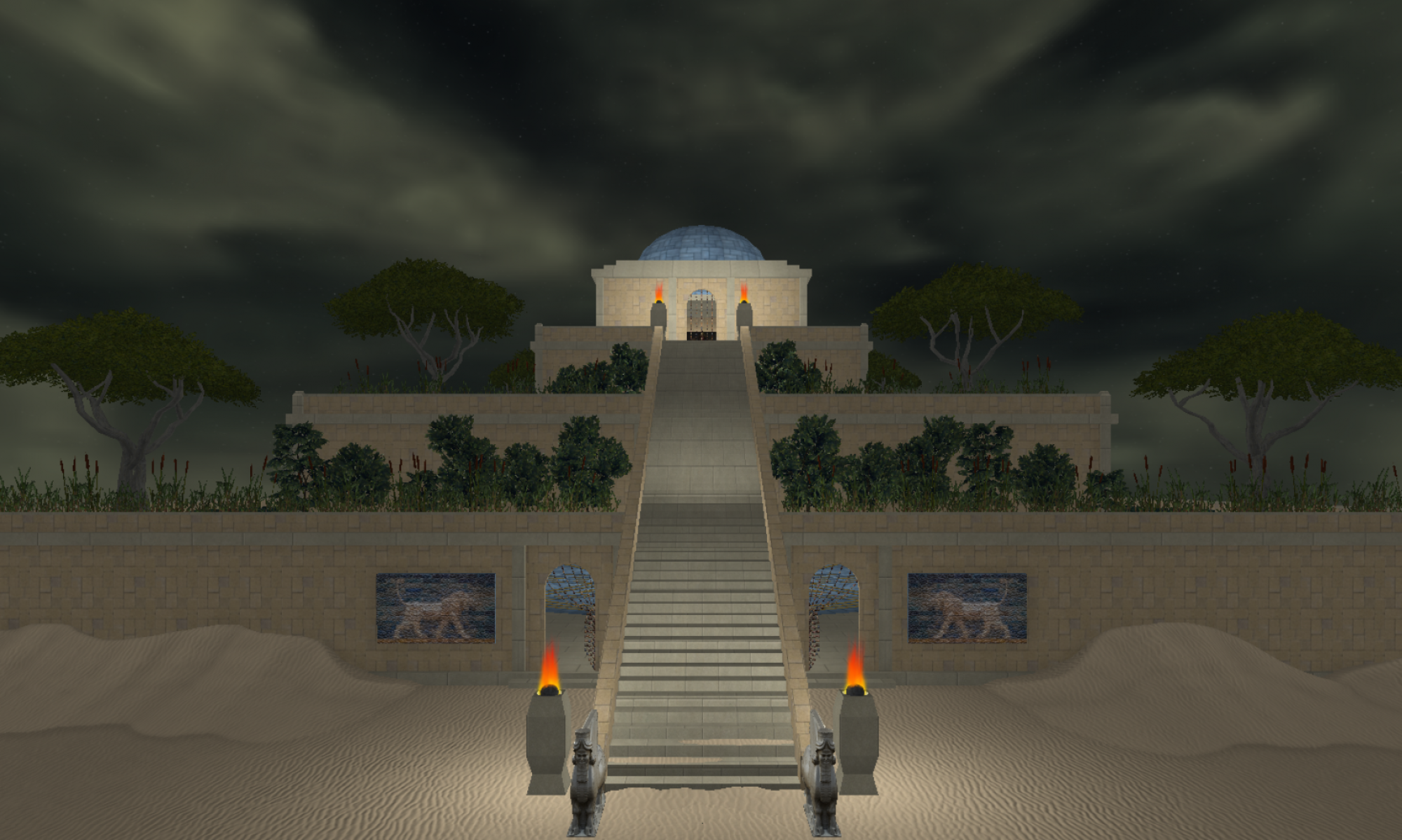Why the Ryder-Waite-Smith deck frustrates me

Do what thou whilt shall be the whole of the Law.
The Ryder Wait Smith tarot deck was made by members of the former Hermetic Order of the Golden Dawn. Their actual divinatory tarot deck was secret, and had to be copied by hand by initiates when they reached the required grade, so to make a publicly available deck and also protect secrets they changed things and made them wrong on purpose. If you take one of the Golden Dawn decks (which have been made available to the general public following the HOGD’s demise) and compare it to the RWS and the Marseilles you can see what all they changed. The Marseilles was the common playing card version of the tarot back then. Some stuff missing from the Golden Dawn deck but in the RWS was carried over from the Marseilles tarot like the scroll the high priestess holds being carried over from the book the papess holds, albeit changing it from an unidentified book to specifically a scroll of the Torah (first four books of the Jewish bible). Those differences aren’t a problem, it’s the other ones that matter.
As you can see from this example the hexagram table of practice being used by the magician in the Golden Dawn decks was changed to the pentagram in the RWS. Now you might think why does it matter? Well the hexagram represents the macrocosm and the pentagram the microcosm, which is to say heaven vs earth. By making that change they changed the magician from practicing theurgy (magic done to get closer to God) to thamaturgy (magic done for practical outcomes). That difference matters when you’re interpreting the card. In the case of the hexagram it means someone doing the lord’s work so to speak whereas with the pentagram it’s someone practicing common witchcraft.
Another example is the headdress of the high priestess. In the Golden Dawn decks it’s the lunar crescent. In hermetic thought the moon represents the transition point in the creative process where the ideas transition from purely conceptual to material. In the RWS the lunar crescent is broken in two with a circle in the middle. There is a full crescent to be found but it’s at her feet. That combined with the pillars jachin and boaz plus the fruity depiction of the tree of life behind her places her just above yesod on the tree of life. What that means isn’t really important other than knowing that’s not where the high priestess card goes on the tree of life, so that correspondence is broken. The cup is missing and the water motif is gone further disconnecting the card with its proper symbolism. (Though one could make the argument that the barely visible background color being blue is this, I disagree.) Then she wears an equal armed cross. The equal armed cross has a number of meanings but in this context it refers to the four elements. This only furthers her being in the wrong place on the tree. The place where she is then moved is the same place the lesser banishing ritual of the pentagram is done, which is a ritual used to banish the element of earth and call down the element of spirit. Effectively this culminates in the same sort of stripping of power and connection to the divine in favor of being on earth, as far away from source as you can be, left to endlessly study a holy text in hopes of getting even a small taste of the divine from the words and pages.
So why does any of that matter that much? Why not just use a different deck? Unfortunately it’s not that simple. The RWS deck is incredibly popular and a lot of decks are made based on it implementing their own changes. Well if the deck is based on a deck that’s already wrong, and then the artist makes their own changes, even more can be wrong. This can serve as a compounding effect on wrong symbolism meaning the mismatch between what’s on the card and what it actually means is higher. The schism can mean the reading could get things wrong that it otherwise might not have.
(I also find the Golden Dawn decks frustrating as well but that’s because צ is not The Star but that’s a Thelema thing only tangentially relevant.)
There’s examples like this throughout the deck and I could spend a whole day discussing it but I feel I’ve been sufficiently verbose in what I have said up to this point. That being said I hope I managed to explain this complex occult topic in a way that’s able to be parsed by a layman.
Love is the law, love under will.
